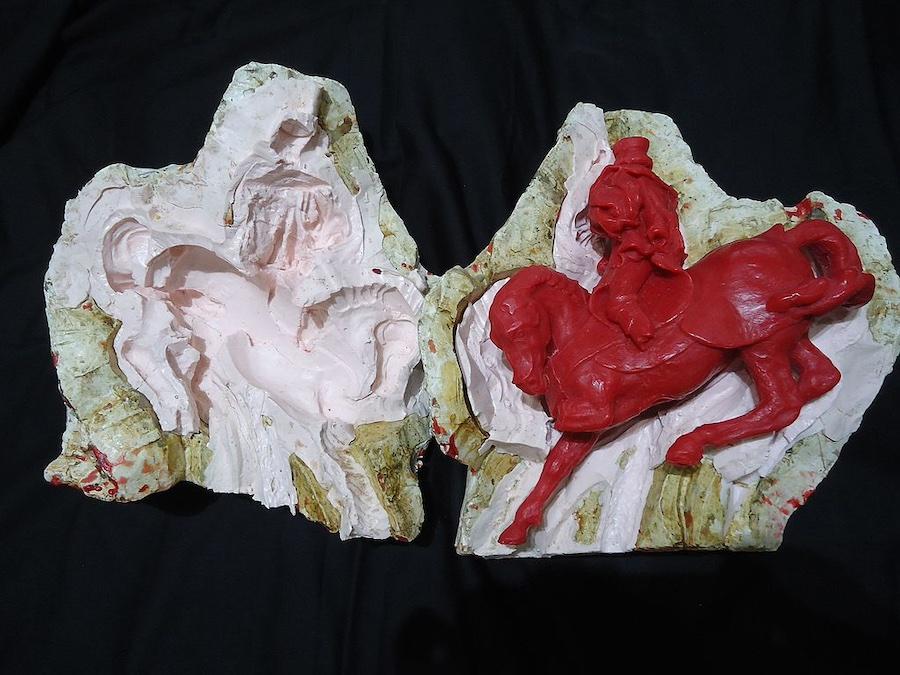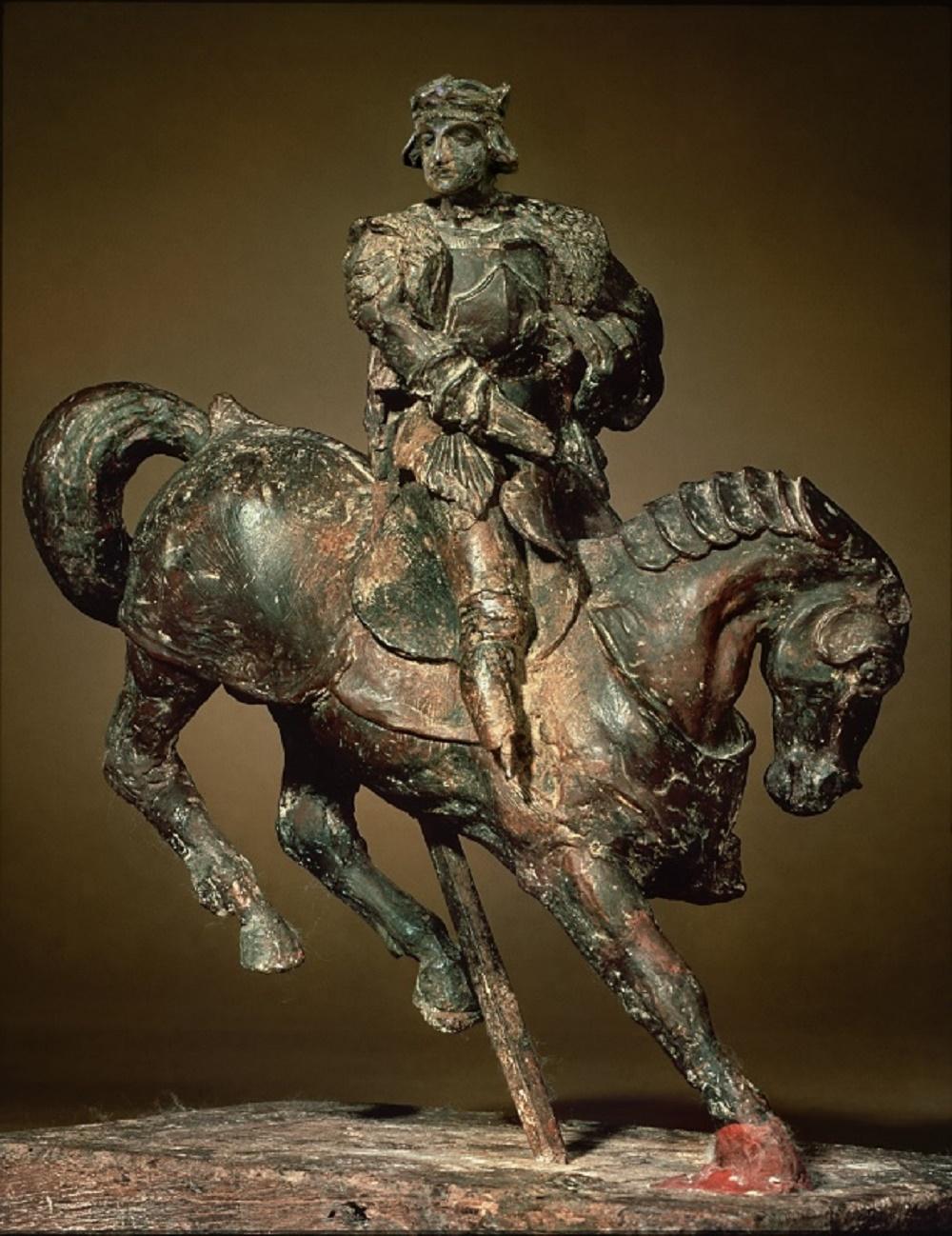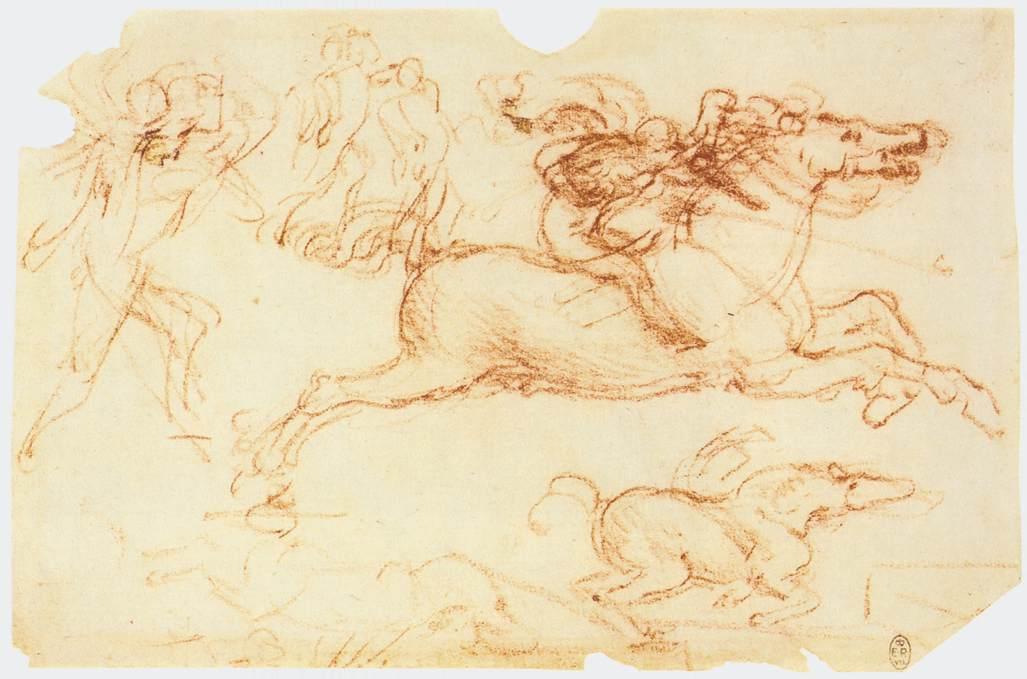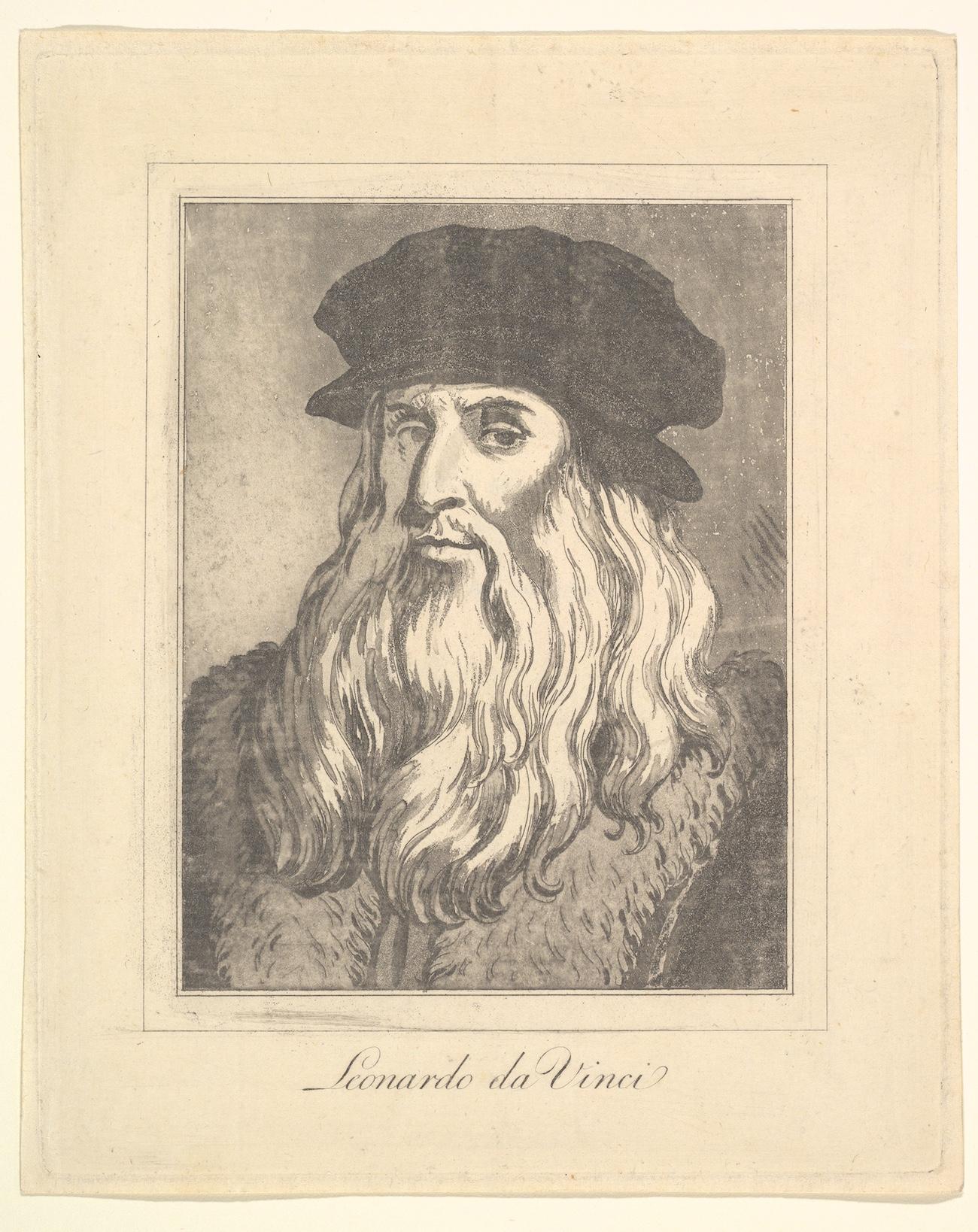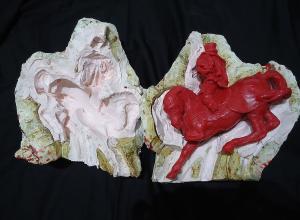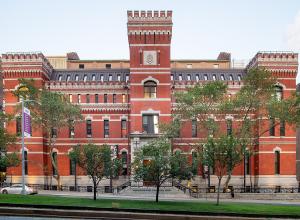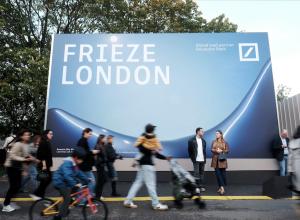"There are several clues that lead to this interpretation; the horse is portrayed disarranging the rider to indicate that the animal is frightened. It is going down to the underworld, while the knight, Charles d’Amboise, on the other hand, is portrayed in a serene mood and eyes closed, the hand on his heart; the Governor of Milan is parting from his loved ones. Finally, one can notice the thigh protector in the shape of a shell, a symbol of travel, in this case without return."
However, the larger sculpture was never completed, and the beeswax model eventually fell into the family of Da Vinci’s protégé, Francesco Melzi, after the Renaissance master’s death in 1519. The earliest provenance records of the sculpture appear in Giorgio Sangiorgi’s collection in the mid 1880s. By 1938, an unknown Italian collector had removed the sculpture from war-torn Italy and secured it in a Swiss bank vault.
David Nickerson, director of the art dealership Mallett at Bourdon House in London, acquired the wax model in 1985 and presented it to a group of American businessmen in hopes of marketing limited editions of the bronze cast.




